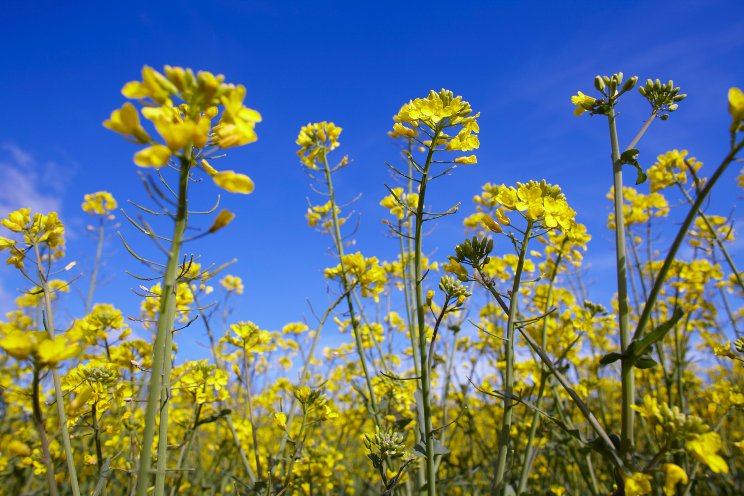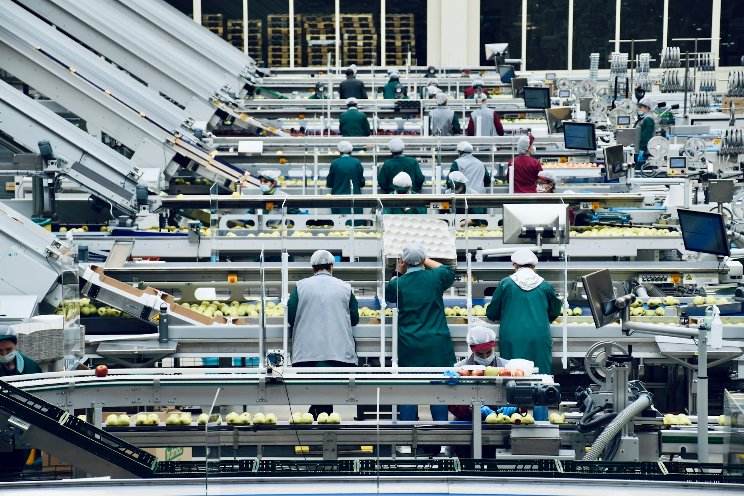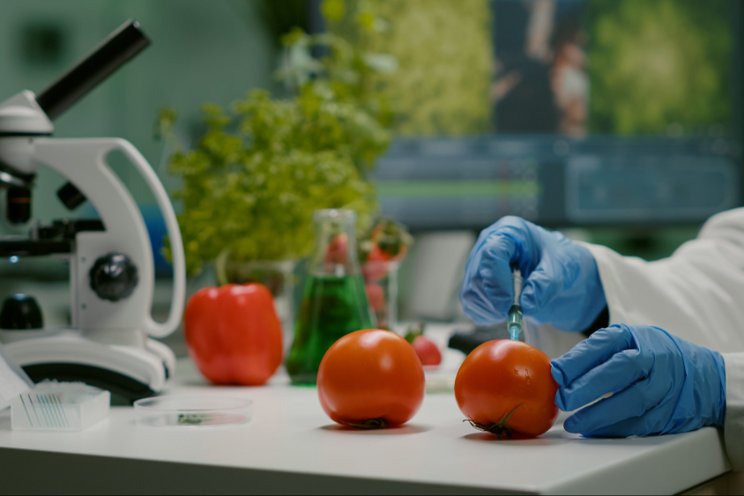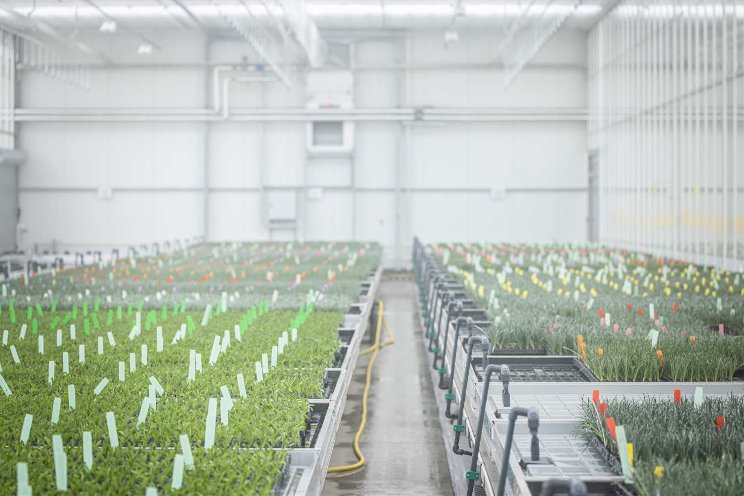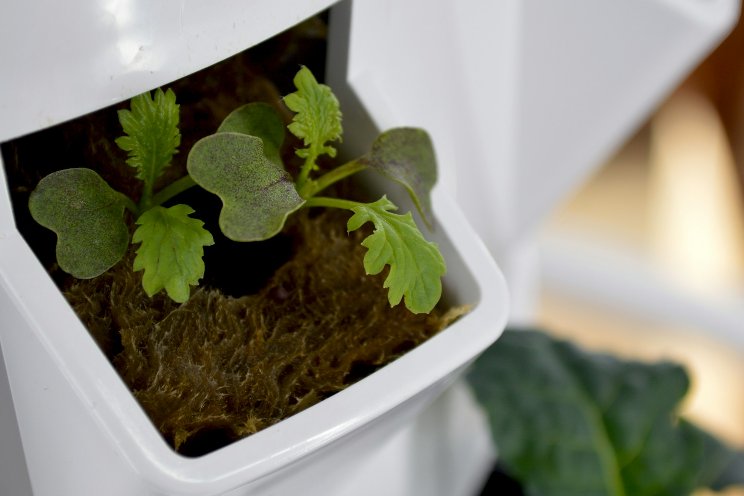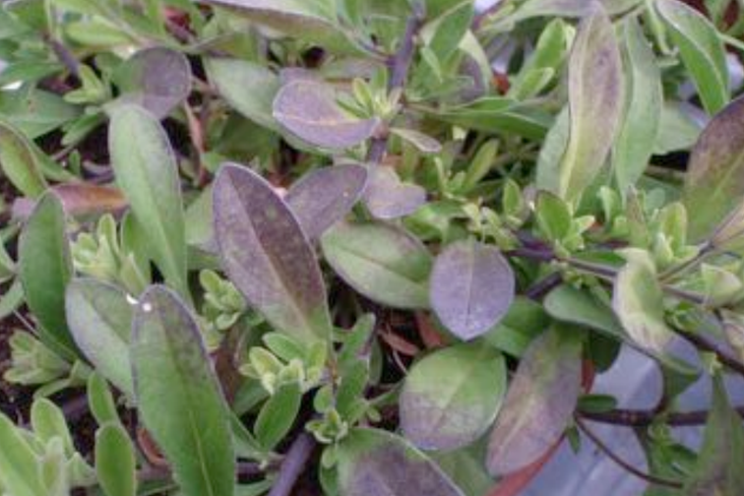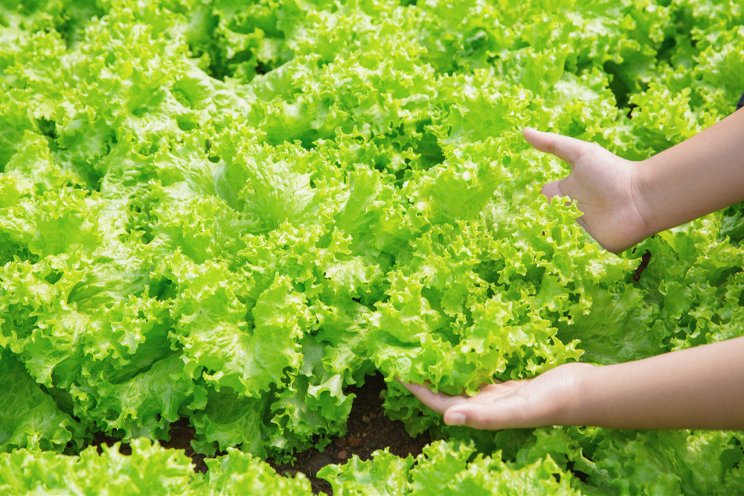Standardizing reporting & benchmarking yield in CEA
Added on 02 March 2023
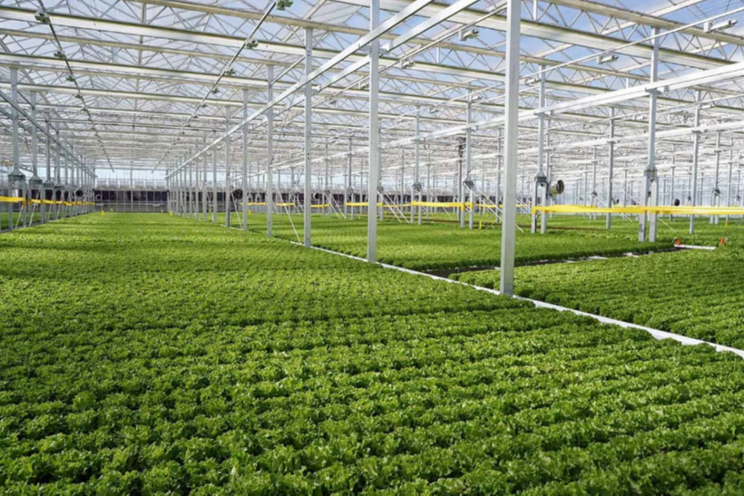
By Jenn Frymark and Charu Sharma
Yield is a key determinant of business revenue and a powerful metric for evaluating the performance of a facility. It can be measured in various ways making it difficult to compare and benchmark aspects such as varieties, technologies, and operational procedures across the industry. Internally, organizations likely have a variety of metrics to measure yield that range from total biomass production to units or cases produced and sold per week. However, to compare yield across various types of technology within the leafy greens CEA industry, it is important to have a standard reporting unit.
Yield expressed as kilograms per square meter per year or pounds per square feet per year is a measurement that allow for an objective view of overall performance that is indifferent to the growing method, technology selection, plant weight, plant density, plant age at the time of harvest, and crop turns throughout the year. This type of measurement also is useful when comparing CEA to outdoor field production, which is typically reported in terms of tons per acre per year.

The greenhouse tomato industry provides a good model to follow when it comes to yield reporting. Growers in this industry often report yield as kilograms per square meter per year for all areas under glass. This includes the entire growing compartment, including walkways, and does not include non-growing areas of the facility such as packing and storage. The yield is annualized to account for downtime during cleaning, seasonal changes in production, interplanting influences on harvest, and other factors that can influence total annual production. When comparing yields, it is important to consider all the time and area needed to grow the plant. While most large greenhouse tomato growers do not produce their own transplants, if we were to compare this yield to a grower that does produce transplants, the time and area required for transplant production should be taken into consideration for a fair comparison.
Similarly, for the leafy greens CEA industry, it is important to measure the total annual biomass harvested, excluding roots, over the entire area required during each stage of growth – from germination to harvesting mature plants. This provides a more accurate picture of the operation’s overall productivity and can be a valuable data point for evaluating performance.
Photo Courtesy of Urban Ag News
More news

